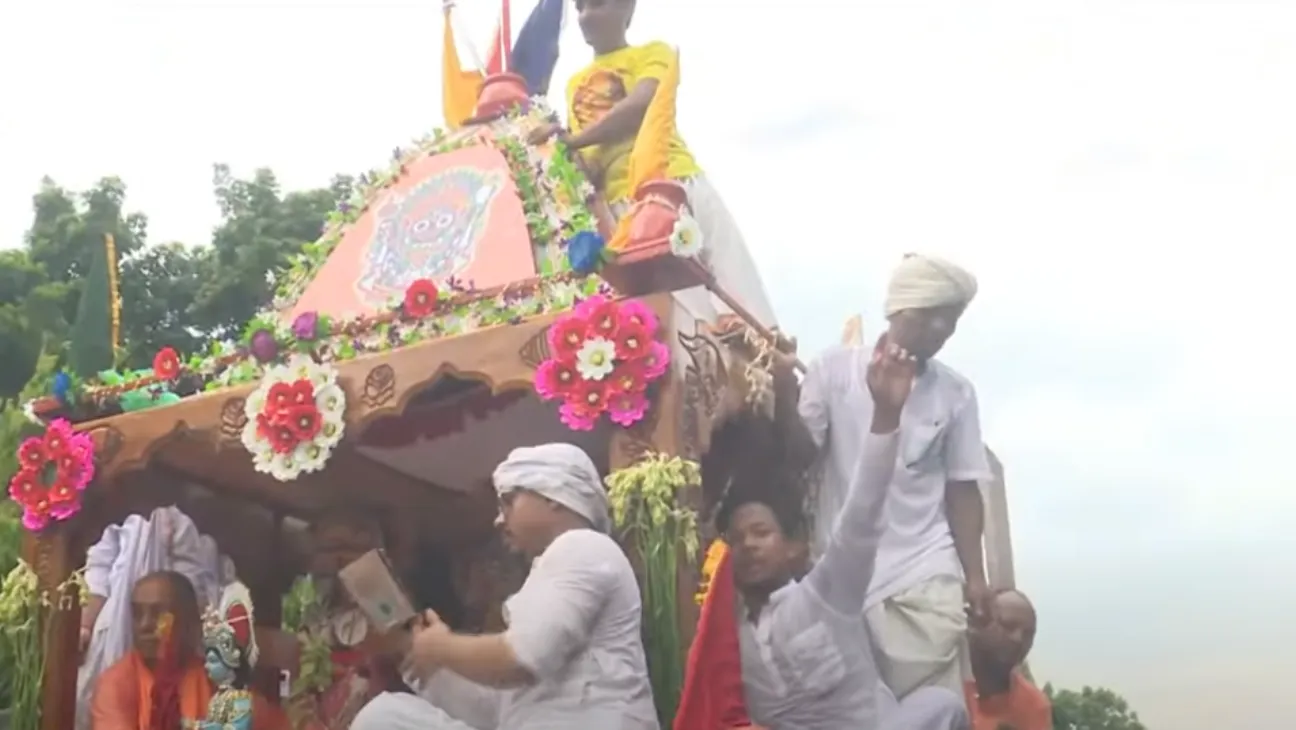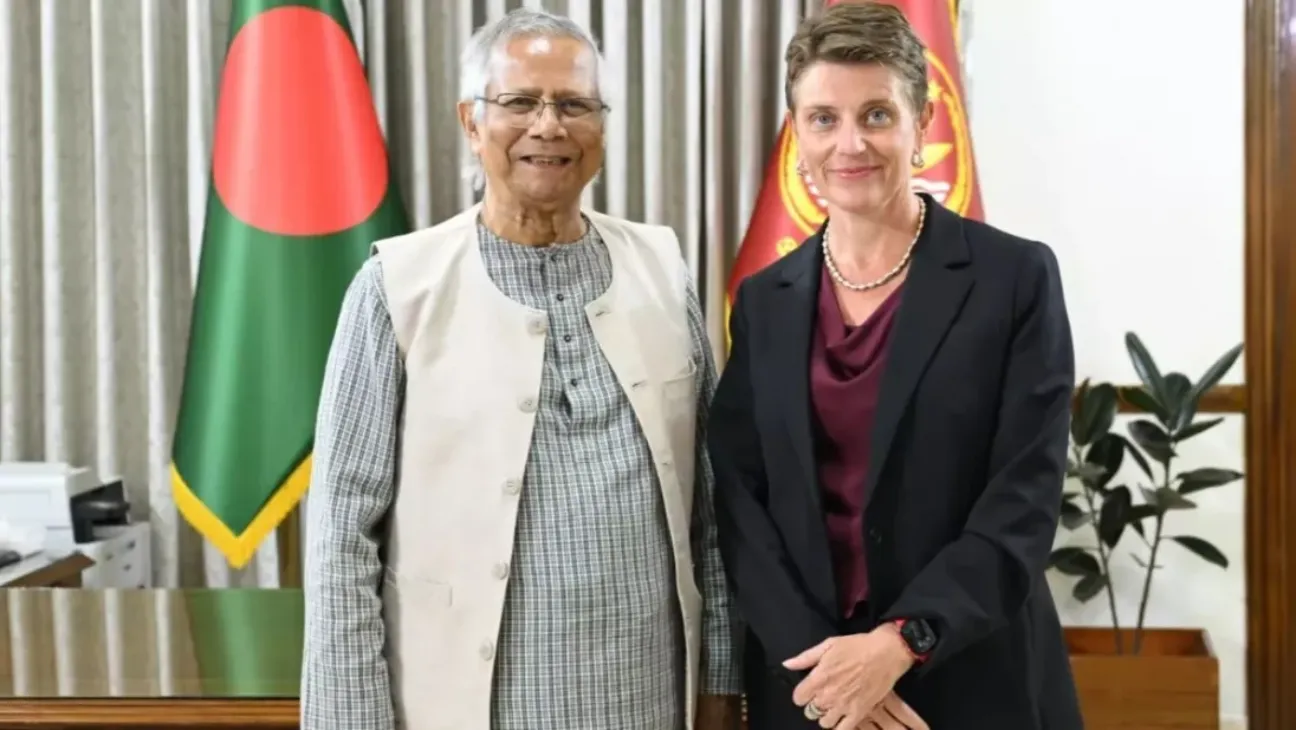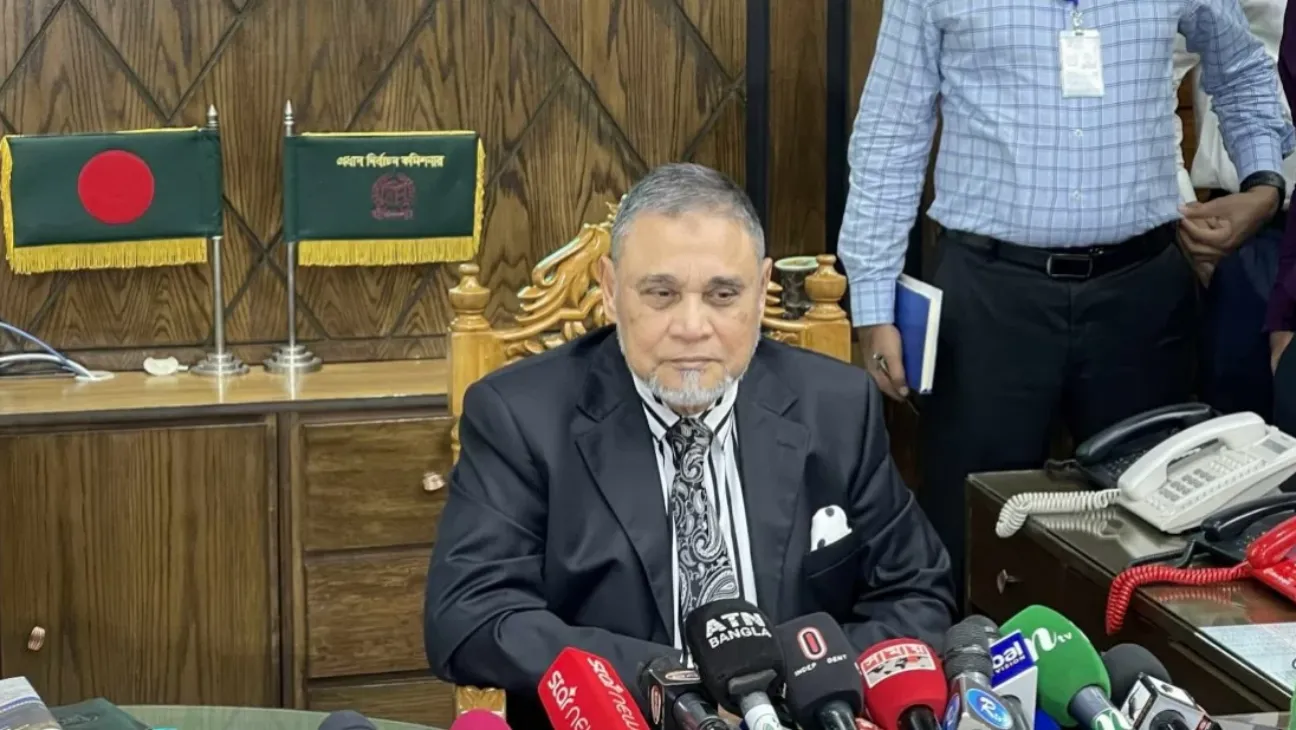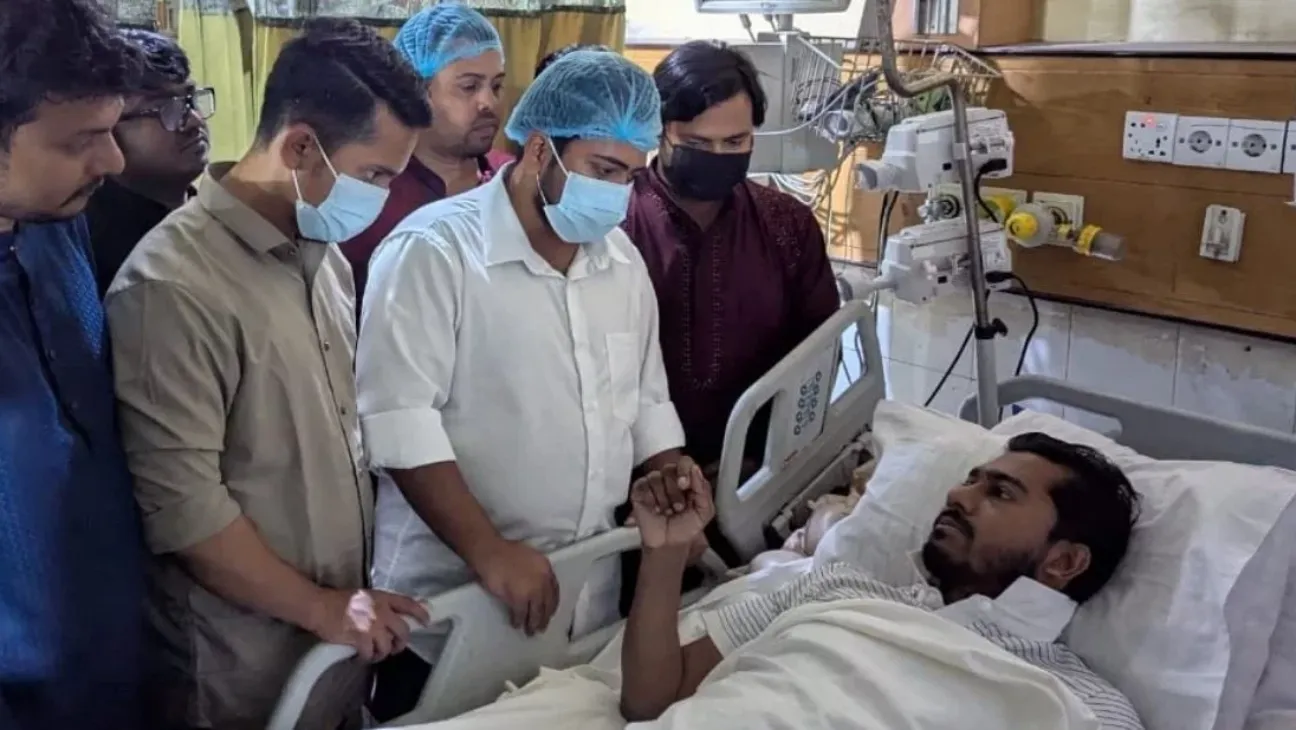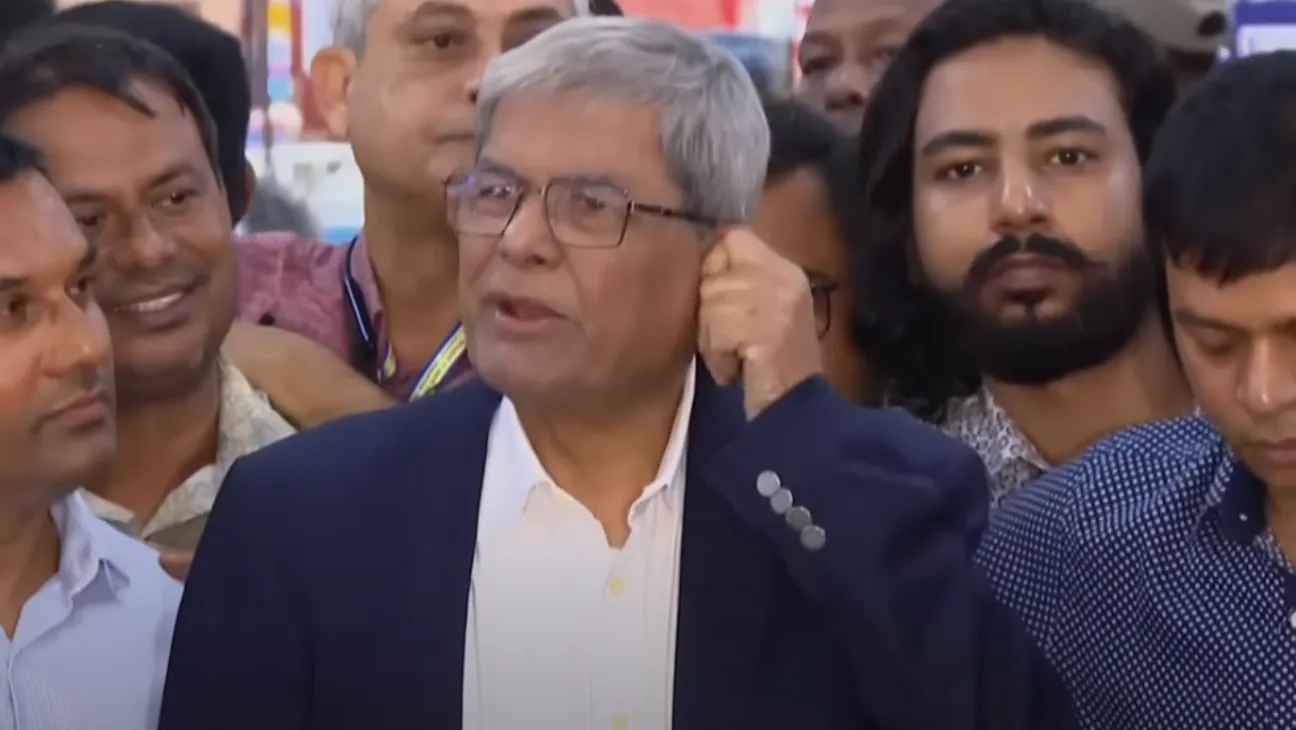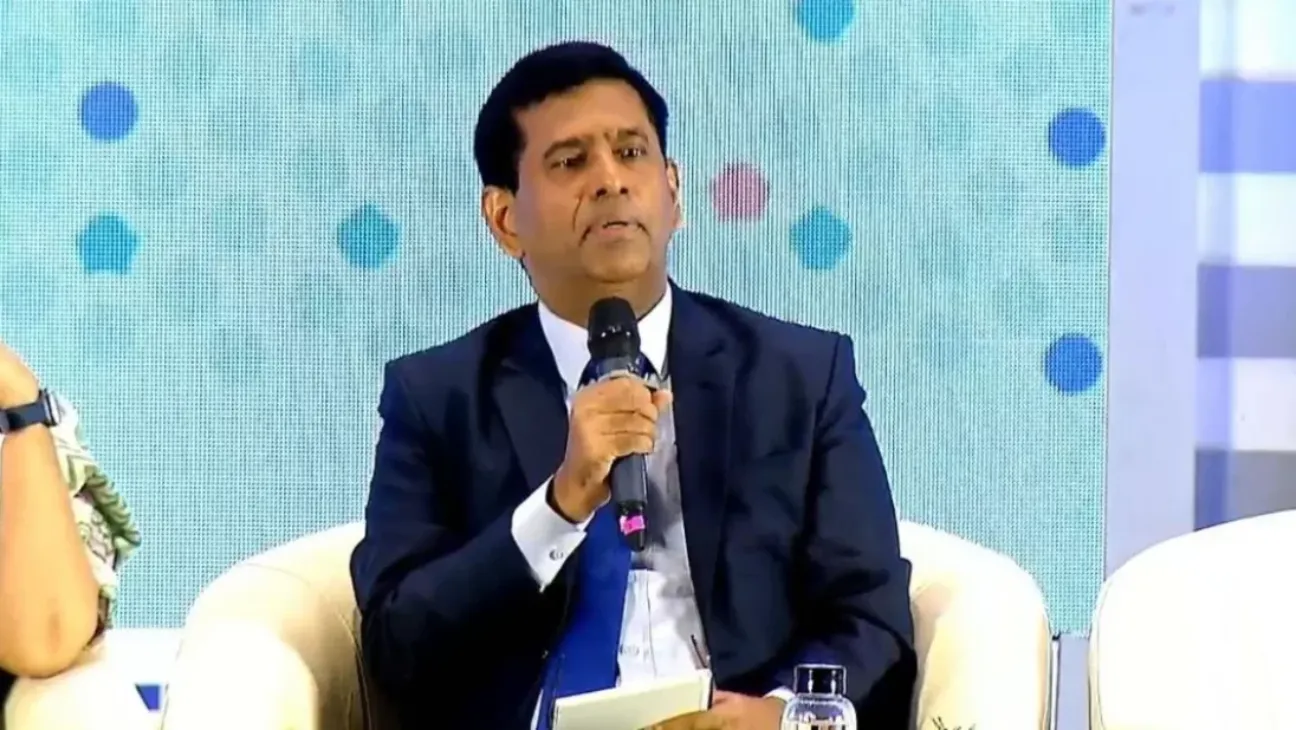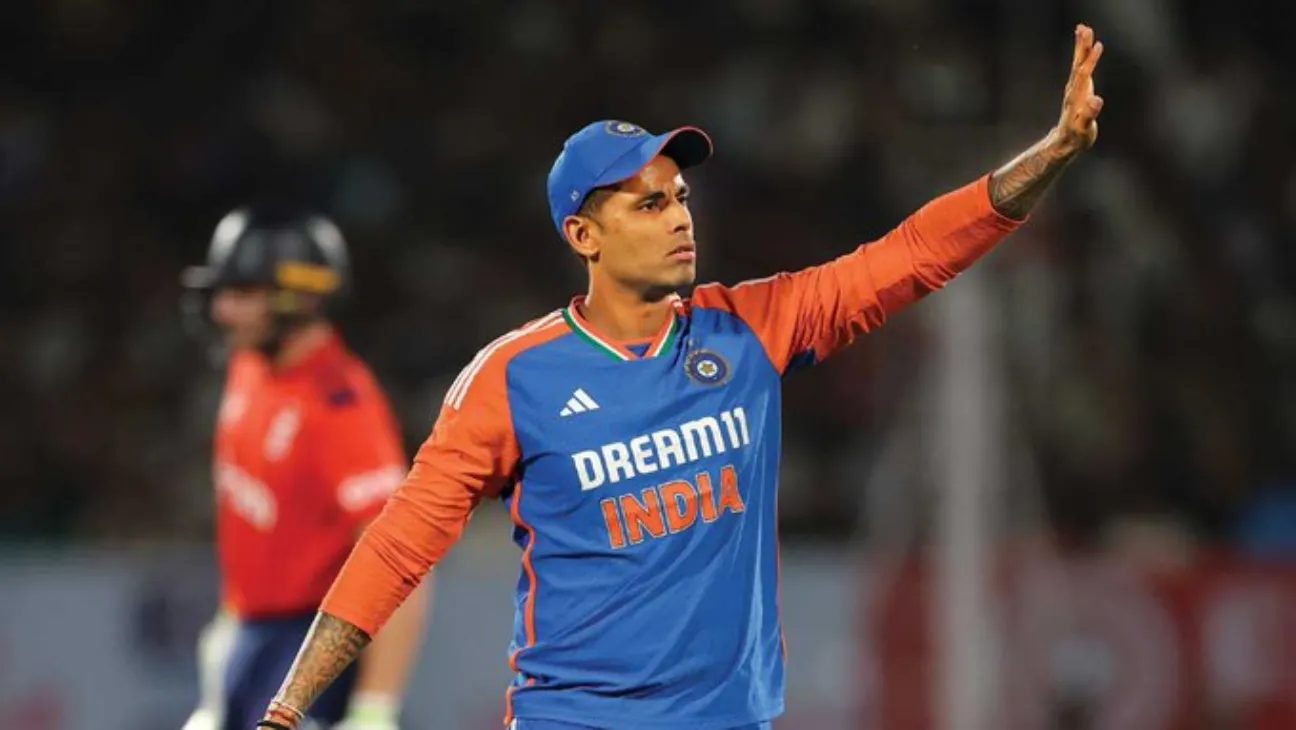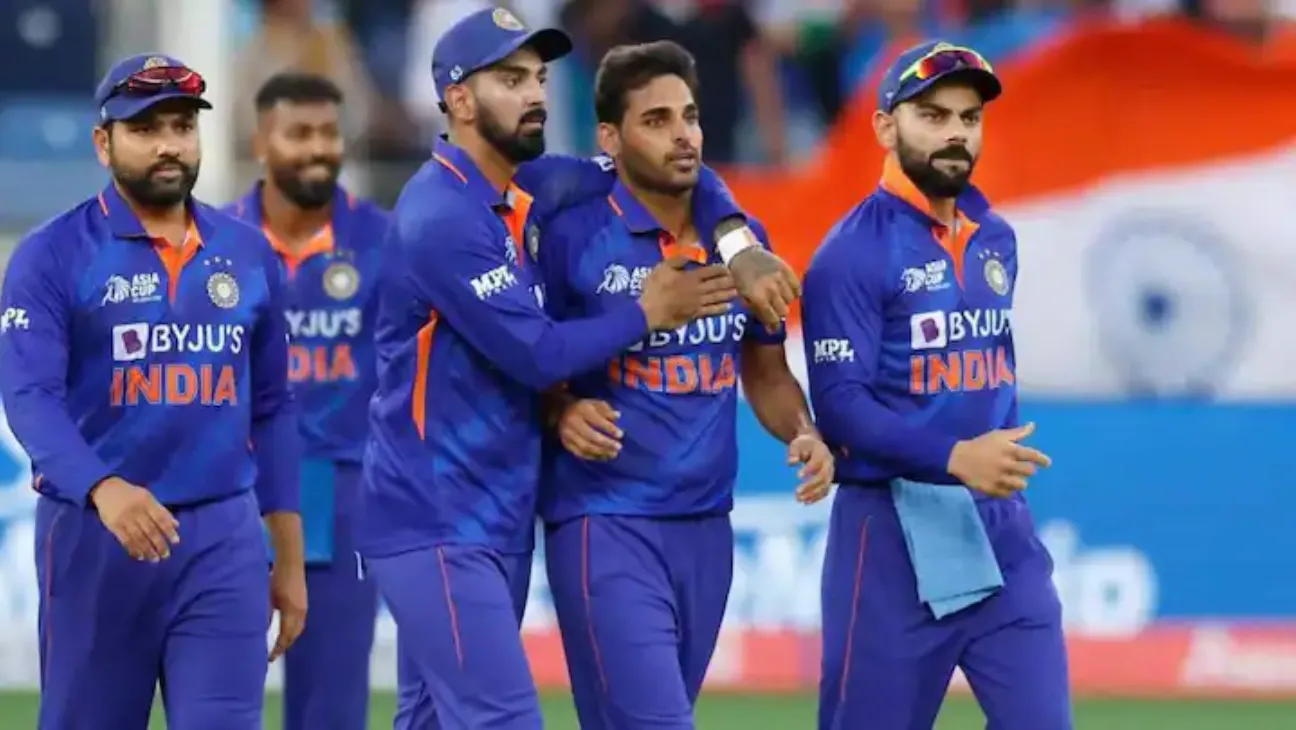The annual Rath Yatra of the Sanatan Hindu community concluded with the Ulto Rath procession on Thursday, drawing thousands of devotees across Dhaka as Jagannath, Balaram, and Subhadra returned home after a nine-day stay at Masir Bari.
The city streets were packed as thousands joined the procession, taking turns pulling a chariot draped in flowers and vibrant fabric. Temples remained lively all day with music and devotion.
The long journey started at the Dhakeshwari National Temple and wound its way through Gulistan and past Bangabhaban before ending at the Swamibag Ashram.
“It feels really special,” said one elderly participant. “This is a joyful festival for us. We prayed to Jagannath to keep everyone healthy and free from negative thoughts.”
Children and the elderly alike joined in, many singing traditional songs along the way. For some, this was more than a religious ritual. It was a social celebration, a moment of unity across generations.
“He saw Jagannath in both his child form and now the adult one,” a mother said, describing how her son joined her in the return procession.
The Rath Yatra’s return journey also included stops at temples in Shankharibazar and Bangshibazar, with the final leg marked by chants, offerings, and community worship led by Sri Sri Gaudiya Math.
For devotees, this wasn’t just symbolic. Many believe that touching the rope of the chariot brings good fortune and spiritual blessings.
“I offered prayers, saw Jagannath, and gave him offerings,” said another participant.
For followers, Lord Jagannath isn’t just a deity—he’s the lord of the universe. His grace, they believe, can free the soul from endless rebirth.
In the end, the Rath Yatra brought more than just faith to the streets. It was a cultural gathering. A time when religion, tradition, and community met in a shared celebration.

